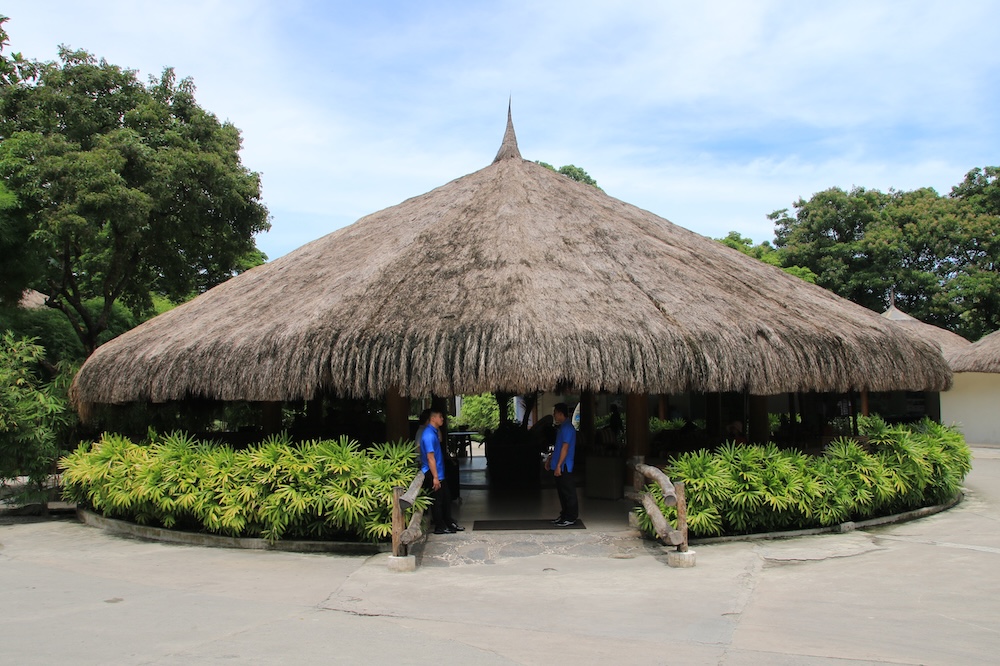Evacuated 30 Years of Archaeological Research in Gaza
In a high-risk, last-minute rescue operation, on September 10, 2025, nearly three decades’ worth of archaeological treasures have been salvaged in Gaza City. The collection of cultural heritage artefacts assembled through decades of excavations by the French Biblical and Archaeological School (EBAF) was threatened by an impending Israeli airstrike.
The EBAF’s storage facility housed approximately 180 cubic metres of archaeological finds from Gaza’s five main sites, including the UNESCO World Heritage-listed fourth-century Saint Hilarion Monastery, ancient Roman ports, Byzantine churches, monasteries, and early Christian relics.
The operation transpired amidst ongoing military actions and the destruction of Gaza’s cultural heritage, with assistance from international actors such as UNESCO, the British Council, and non-governmental organisations (NGOs) facilitating the evacuation under extremely hazardous conditions.
The evacuation occurred under extremely hazardous conditions, with advancing military operations and restricted access for international experts or preservation teams. Agencies such as UNESCO, in conjunction with the British Council and NGOs, played pivotal roles in negotiating a temporary reprieve and facilitating transportation and logistics.
The decision to prioritise cultural heritage within such a volatile environment underscores the paramount recognition that heritage embodies collective memory, identity, and historical continuity—even as physical destruction poses a threat to erasing these traces.
The recent dramatic operation to safeguard thousands of archaeological artefacts in Gaza highlights the critical challenges of safeguarding cultural heritage in conflict zones. As an Israeli airstrike loomed over the warehouse housing nearly three decades of excavations by the French Biblical and Archaeological School.
Additionally, the broader context in Gaza remains dire, with reports documenting systematic destruction of over 110 cultural sites, including religious buildings, museums, and archives. This ongoing loss jeopardises the profound historical and cultural fabric that has defined Gaza for millennia. Efforts such as this rescue operation offer a glimmer of hope, illustrating both the vulnerability and resilience of cultural heritage in times of war.
For cultural heritage safety professionals, this incident serves as a reminder that proactive planning, rapid response capacity, and international solidarity are paramount in preventing irreversible damage. Ensuring the survival of cultural legacies necessitates continuous vigilance—not only against fire risks but also against the broader impacts of conflict on humanity’s shared memory.
This case underscores that protecting cultural heritage is not merely about safeguarding objects but about preserving identity, dignity, and history for future generations. The courage and dedication of those involved in Gaza’s rescue operation exemplify the best practices and ethical imperatives that must underpin all heritage protection efforts in crisis zones.
This rescue operation in Gaza City highlights pertinent lessons to safeguard cultural heritage assets during crises:
- Risk Management in Conflict Zones: Protective measures require prompt assessment and decisive coordination to mitigate imminent threats, whether from airstrikes, fires, or structural collapse.
- Emergency Evacuation and Logistics: Heritage collections necessitate specialised handling that balances urgency with meticulous preservation, necessitating adaptable strategies under severe constraints.
- Collaboration Across Sectors: The operation underscores the significance of international cooperation involving academic institutions, cultural organisations, and diplomatic channels to protect heritage under duress.
- Documentation and Future Preparedness: Comprehensive inventories and protocols for emergency response are essential for heritage conservation plans in similarly vulnerable contexts globally.





